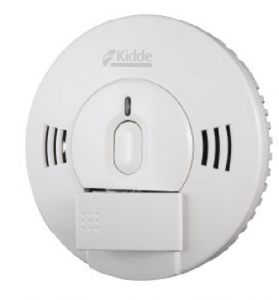
5.21.19 – Security Sales & Integration- Mebane, N.C.
MEBANE, N.C. — Nuisance smoke alarms continue to be a problem due to certain detectors not being able to tell the difference between the between smoke from a charred roast in the oven and a genuine, life-threatening, property-destroying house fire.
But that’s changing, thanks to new UL safety standards set to go into effect about this time next year.
Specifically, the UL Standard for Smoke Alarms, UL 217, 8th Edition, dictates that smoke alarms be able to differentiate between conditions, ignoring cooking smoke and responding to actual fire emergencies — a move that will make smoke alarms a more effective tool at saving lives.
New Fire Dynamics
The new alarms may also improve overall resident safety, as today’s homes typically contain furnishings comprised of synthetic materials such as polyurethane foam that are known to ignite and burn faster than traditional materials.
In addition to these synthetic materials tests, studies by the National Fire Protection Association (NFPA) show that nuisance alarms are the leading reason for disconnected smoke alarms.
“Through our research in safety science, we know that fire dynamics have changed over the last several decades,” says Chris Hasbrook, vice president and General Manager for UL’s Building and Life Safety division.
“New models that meet these new requirements will have the ability to help reduce cooking nuisance alarms, and that’s extremely important for residential fire safety,” said Hasbrook.
Kidde smoke and combination smoke and carbon monoxide alarms featuring TruSense technology, will be available in stores nationwide and online in the coming months.
This article first appeared on SSI sister publication CE Pro.
.
